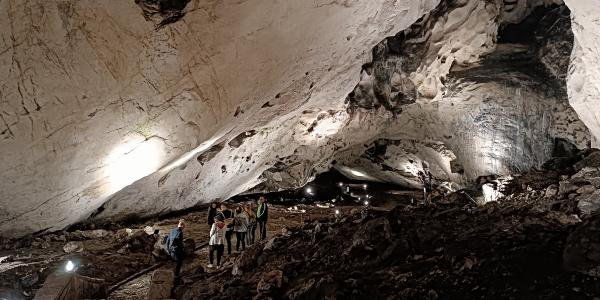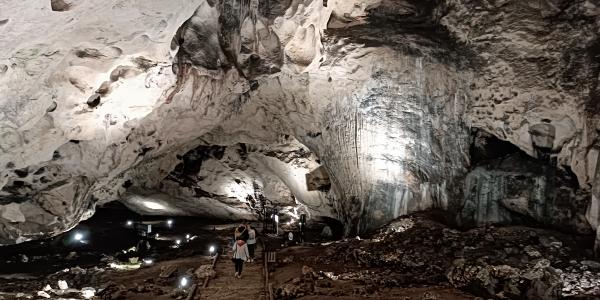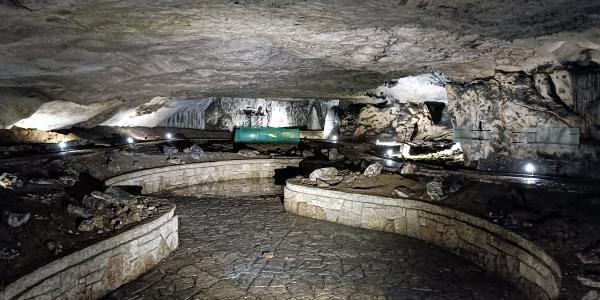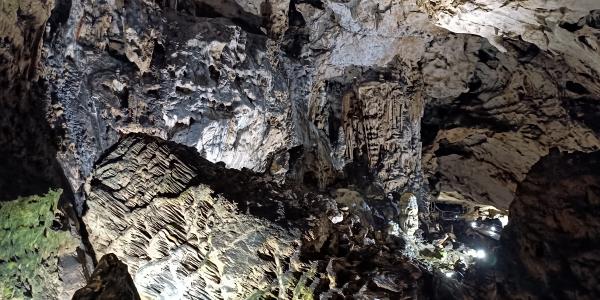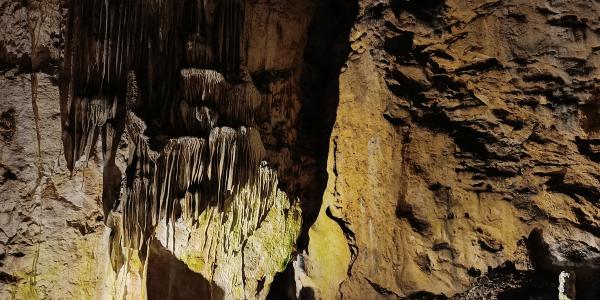
Magura Cave
Magura Cave is a remarkable archaeological site located in northwestern Bulgaria, near the village of Rabisha, Belogradchik Municipality. It is one of the most famous caves in the country and holds significant historical and cultural value.
Cave has a long history of human habitation, with evidence of human presence dating back to the late Paleolithic period, around 7000-5500 BCE. It was used as a shelter and a place for rituals and religious ceremonies by various ancient civilizations.
One of the main reasons for the cave's fame is its prehistoric rock art. The walls of Magura Cave are adorned with magnificent paintings that depict scenes from the daily life of ancient people, hunting scenes, religious rituals, and various symbolic figures. The paintings date back to the Eneolithic and early Bronze Age periods, making them around 8000 years old.
The cave's rock art is remarkably well-preserved due to its remote location and limited human interference. However, to protect the fragile artwork, access to certain areas of the cave may be restricted, and visitors might need to follow specific guidelines during guided tours. Magura Cave has been recognized as a UNESCO World Heritage Site candidate due to its unique and valuable rock art. The Bulgarian authorities have been working to preserve and protect this important cultural treasure.
Magura Cave is open to the public and attracts tourists and archaeology enthusiasts from around the world. Guided tours are available to explore the cave and learn about its historical significance and the fascinating rock art it houses.
Besides the cave itself, the surrounding region is also noteworthy, known for its natural beauty and other historical landmarks, including the famous Belogradchik Rocks, which are unique rock formations nearby.
Facilities:
Tourist info center, Parking
Services:
Tourist information and guided tours

